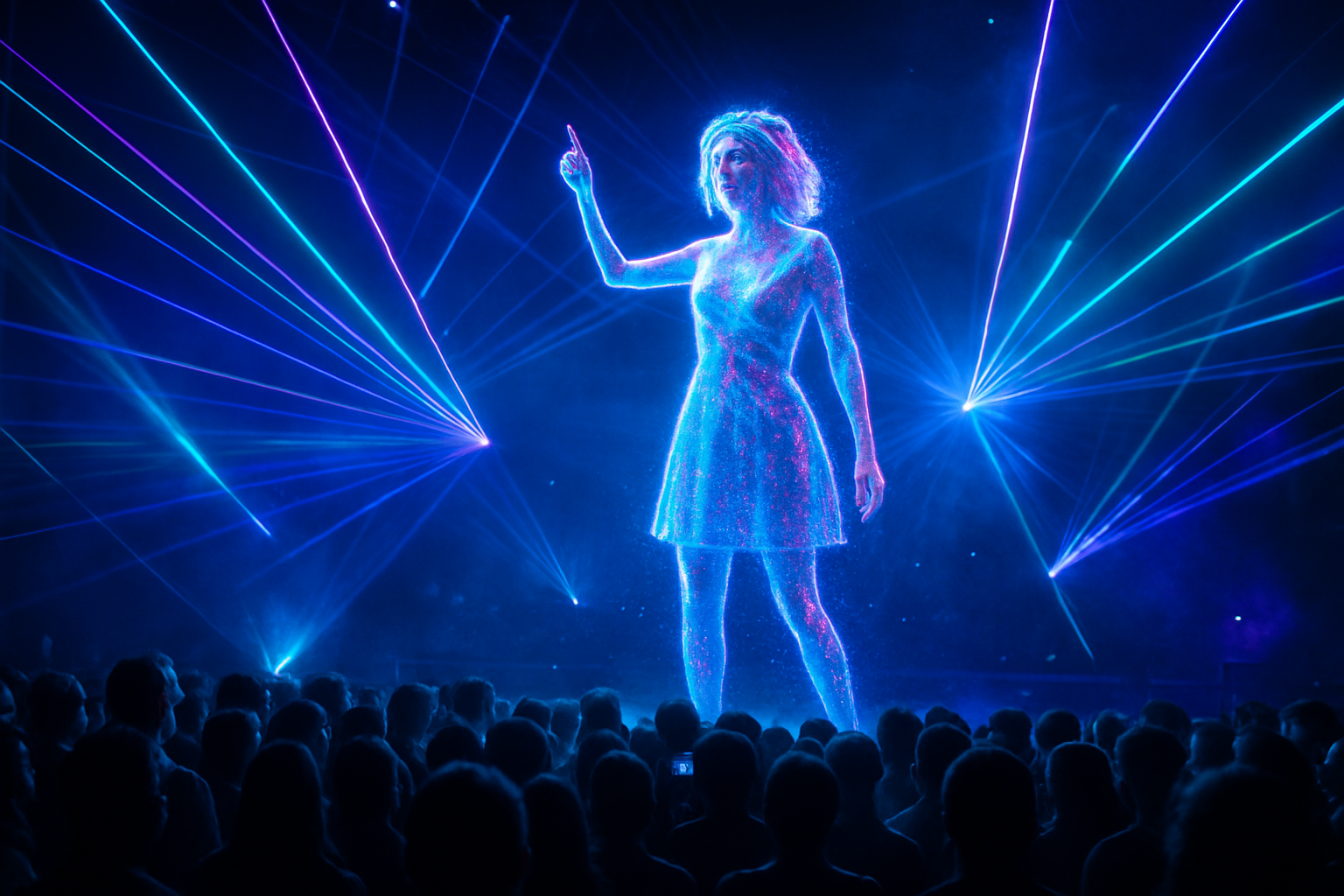Hologram Concerts: Reviving Legends and Redefining Live Music
In an era where technology continues to reshape the entertainment landscape, hologram concerts have emerged as a groundbreaking phenomenon, blurring the lines between the past and present. This innovative fusion of cutting-edge visual technology and musical performance has captivated audiences worldwide, offering a unique opportunity to experience legendary artists posthumously and redefine the concept of live music.

Technological Marvels Behind the Spectacle
At the heart of hologram concerts lies a complex interplay of cutting-edge technologies. High-definition projectors, motion capture systems, and advanced computer graphics work in tandem to create lifelike digital representations of artists. The process involves meticulously studying archival footage, recreating the artists movements, and synchronizing the hologram with live musicians or pre-recorded tracks.
Ethical Considerations and Artistic Integrity
As hologram concerts gain popularity, they have also sparked debates about the ethics of posthumous performances. Critics argue that these shows exploit the legacy of deceased artists, while supporters contend that they offer a way to celebrate and preserve musical heritage. The question of artistic integrity looms large, as producers must grapple with how to faithfully represent an artists style and persona without their direct input.
Impact on the Music Industry and Fan Experience
Hologram concerts have the potential to revolutionize the music industry, offering new revenue streams for estates and record labels. For fans, these performances provide a chance to witness iconic artists they may have never had the opportunity to see live. The technology also opens up possibilities for collaborations across time and space, allowing contemporary artists to share the stage with legends of the past.
The Future of Holographic Entertainment
As technology continues to advance, the possibilities for hologram concerts seem boundless. From improved visual fidelity to more interactive experiences, the future may see holographic performances that are virtually indistinguishable from live shows. This evolving medium could expand beyond music, potentially transforming theater, education, and other forms of entertainment.
Challenges and Limitations
Despite their promise, hologram concerts face several hurdles. Technical limitations can sometimes result in uncanny valley effects, where the hologram appears almost, but not quite, lifelike. Additionally, the high costs associated with producing these shows can make them prohibitively expensive for smaller venues or lesser-known artists. Legal issues surrounding image rights and intellectual property also present ongoing challenges for producers.
Cultural Impact and Nostalgia Factor
Hologram concerts tap into a powerful vein of nostalgia, allowing multiple generations to share in the experience of seeing iconic performers. This shared cultural moment can bridge generational gaps and reignite interest in classic artists among younger audiences. However, it also raises questions about the role of nostalgia in contemporary culture and whether these performances hinder the promotion of new, living artists.
Global Reception and Diverse Applications
The reception of hologram concerts has varied across different cultures and regions. While some countries have embraced the technology enthusiastically, others have approached it with skepticism. Beyond music, holographic technology has found applications in museums, educational institutions, and even political campaigns, showcasing its versatility as a medium for communication and entertainment.
Conclusion
Hologram concerts represent a fascinating intersection of art, technology, and cultural preservation. As this medium continues to evolve, it challenges our perceptions of live performance and raises important questions about the nature of artistic legacy. Whether viewed as a groundbreaking innovation or a controversial form of entertainment, hologram concerts have undeniably left their mark on the landscape of modern music and technology, promising to shape the future of live entertainment in ways we are only beginning to imagine.





